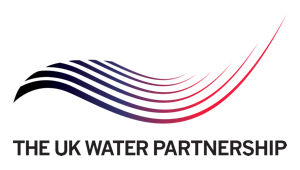The insurance industry hinges upon who has the best estimates of risk – with pricing of policies optimised against the probability and magnitude of claims. While in the past, these estimates of risk have been based upon past claims by policyholders, new models from the natural sciences, including hydro-meteorological hazards, have transformed the property insurance market. In other financial sectors, eg fund managers, there has been a major drive to better understand and quantify water related risks to investments. Initiative such as the Carbon Disclosure Project – Water is the standard tool used by large multinationals to report on how they are assessing water risks, and the measures they are taking to mitigate those risks. Fund managers use the CDP-Water Reports to inform their investment decisions in different multi-national companies. Similar developments in understanding and quantifying water related risks and benefits have emerged in the quantity surveying sector – with new methods and tools being developed to value property on the basis of access to water supplies, or exposure to water risks.
The consulting sector is probably the primary channel for the translation of NERC funded research into pragmatic methods and tools for use by third parties (government, industry and civil society). Consulting businesses need to be able to dhow to their customers, that they are using the latest and most reliable scientific knowledge as part of their services. Some of that knowledge is developed by their own staff, and some is brought in from the publicly funded research base. While the consulting sector rarely funds research to build is own expertise, it will incorporate a small component of applied research or demonstration with some larger contracts. Some customers actively encourage consultants to include a small innovative higher risk modules.









 The Water Security Knowledge Exchange Portal supports the objectives of the
The Water Security Knowledge Exchange Portal supports the objectives of the 